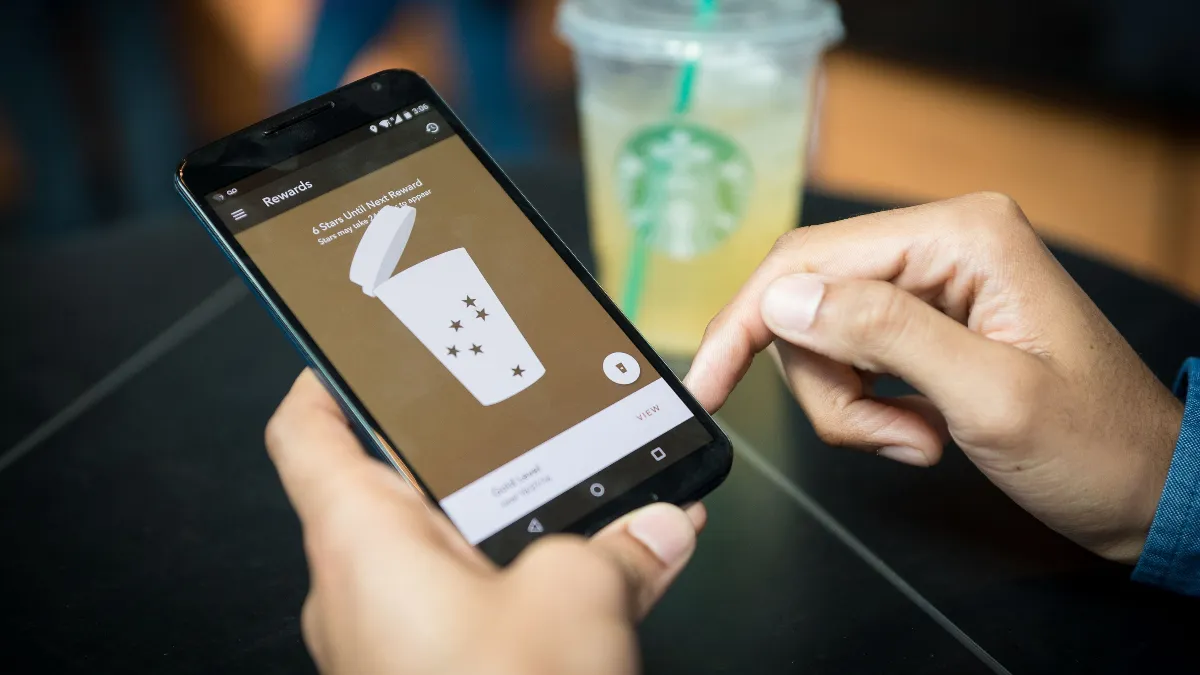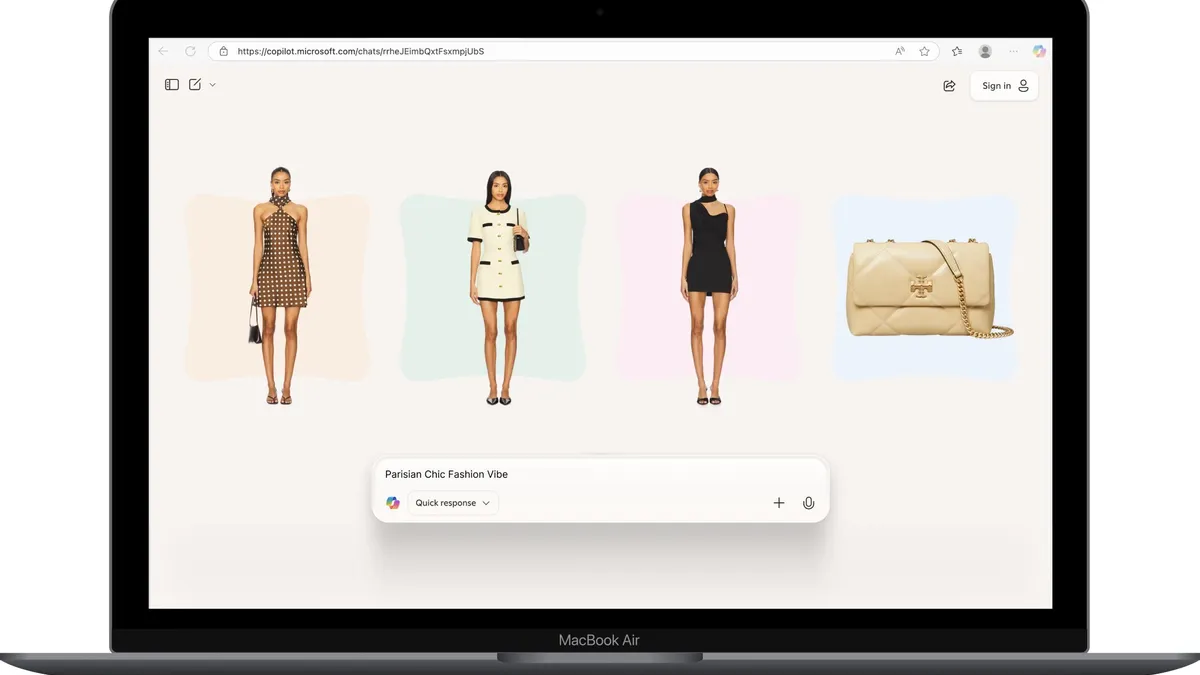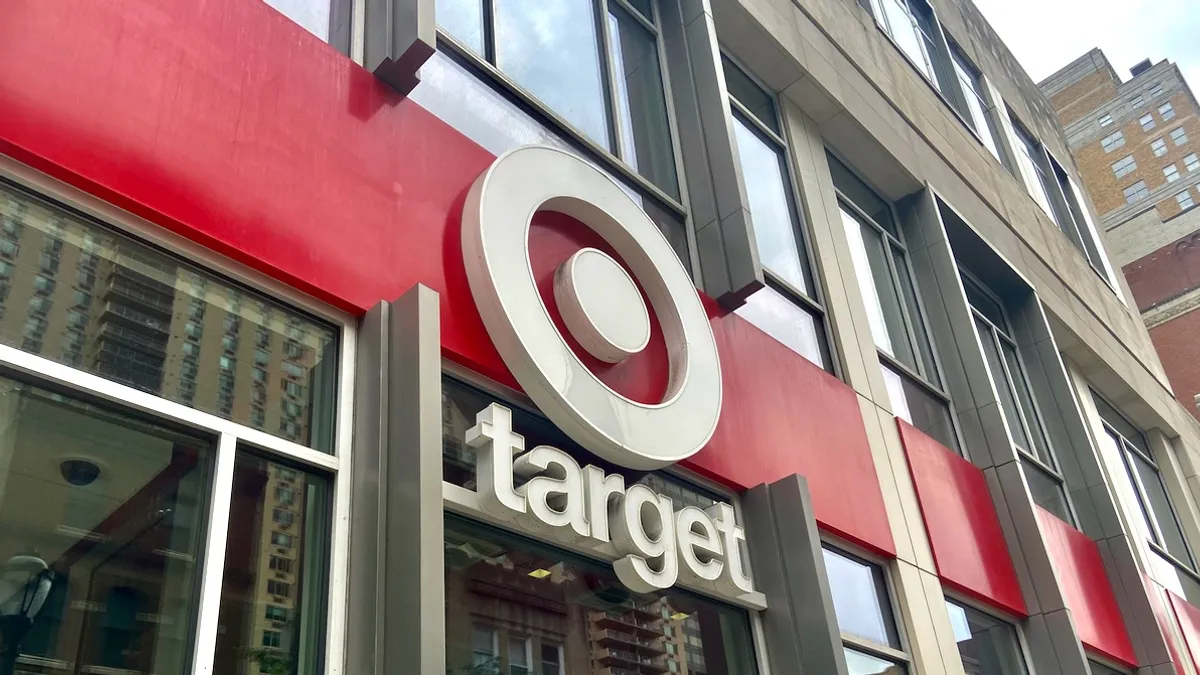A growing number of brands are using AI to improve customer experience with loyalty programs and streamlined operations.
These brands are using the technology to offer more personalized experiences and automate highly repetitive, manual processes.
The technology is a game-changer, particularly for customer analytics. Loyalty program leaders have been able to segment customer data for years, allowing them to target offers to specific groups, said Patricia Camden, EY Americas loyalty leader. “But with those segments, you're still just talking to a broad, generalized group that you've put into a bucket.”
AI, on the other hand, takes it a step further. The technology enables brands to target offers to specific individuals by helping them understand “what each human values” instead of “pushing the same reward to everyone” or those within a particular segment, Camden said.
AI also allows loyalty programs to actively shape consumer behavior and habits while deepening a brand’s relationship with a customer, Camden said.
“It really allows the brand to tailor the rewards, messaging, offers and experiences to individual preferences and behaviors in real time,” Camden said. “That's probably the most powerful thing about AI and how it can improve loyalty.”
A fast casual restaurant, for example, could send a customer unique offers for new items to help “unlock a secret reward” designed for that customer or provide them additional points for their loyalty, Camden said.
“It’s really loyalty gamified but in a way that feels personal, not gimmicky,” Camden said.
Those changes have the potential to disrupt existing customer relationships and establish new ones.
“Loyalty will become less about what a brand wants to push and more about how consumers want to engage,” Camden said. “AI is going to completely rewire the role loyalty plays in the customer experience.”
Making loyalty programs more efficient
AI can help loyalty program leaders stretch their limited resources by helping create content for hyperpersonalized offers and optimizing campaign spend.
“It really saves marketing teams time and budget,” Camden said.
Instead of assigning staff such tasks as exchanging and reconciling transactions between program partners or providing individual customer preferences to hotels and retailers, AI can manage such tedious tasks, said Brendan Boerbaitz, senior manager at Deloitte Consulting.
AI can also improve predictive analytics. One EY client, for example, uses its loyalty program to ensure that customers renew their relationship with the brand each year and now uses AI to identify and target offers to customers who are likely to churn, Camden said.
More and more loyalty programs are using AI for fraud detection, too. Unlike humans, AI can quickly “connect dots at scale” to ensure points and benefits are issued correctly, said John Pedini, principal analyst at Forrester.
“It can help flag unusual patterns before they become expensive problems,” Camden said.
Developing strong use cases
However, before integrating AI into their customer loyalty programs, brands must “develop use cases that provide clear and measurable value,” including personalization, segmentation, variant testing and low- or no-code campaign development, Pedini said.
It’s best to focus on applications of AI that take an existing process and make it better, more efficient or cheaper, Pedini said.
Starbucks, for instance, uses its proprietary AI platform dubbed Deep Brew “to drive automation, operational efficiency and loyalty engagement by identifying and incentivizing specific members with personalized offers and rewards,” Pedini said.
But not all use cases need AI. Forcing AI on business problems that could be solved via more conventional, lower-cost solutions is a “big pitfall,” Boerbaitz said.
When deciding whether to implement AI, Boerbaitz urges brands to consider the following questions:
- If AI were stripped from the document, would it be clear what problem is being solved?
- Do I truly understand the specifics of the problem we’re solving down to the level of the user?
- Is this problem underserved by other tools and techniques?
Data, cross-department collaboration are vital to success
AI adoption is a “team sport” that requires cooperation to avoid redundant work and conflicting initiatives, and build data sets, tools and models for multiple applications, Boerbaitz said.
“It takes engineering, architecture, strategy, change management, data and loyalty teams all coming together to make AI programs in loyalty successful,” Boerbaitz said.
It’s also important not to rush the process.
Brands should avoid launching an AI model too soon because the technology depends on high-quality data to deliver on its promises. Launching a model with outdated or incomplete data could lower accuracy and create “more issues than it solves,” Pedini said.
“The worst thing you can do is have incomplete data sets,” Camden said. “If the AI makes assumptions based on what it knows, you can end up sending something that is not appropriate or not what the client expects to see.”
That can take away the “emotional element” of loyalty programs, Camden said.
“If a brand lets AI take the wheel without real human guardrails, the customer experience could start to feel impersonal, off base and overcurated,” Camden said.
Loyalty program managers should ensure their data is comprehensive, including all channels and touch points, and properly labeled, Pedini said. Sound data governance of policies, standards and procedures is also vital to ensuring privacy, preventing bias and complying with regulations, Pedini said.
It’s also essential for humans to be involved in loyalty programs because first-party data can help businesses improve their product strategy, brand positioning and service design.
However, that won’t happen “if the machines take over,” Camden said. “AI should not be used to replace our thinking.”


















